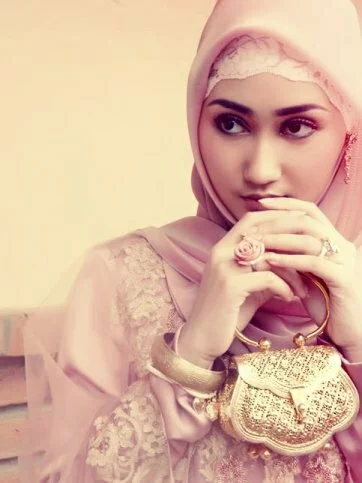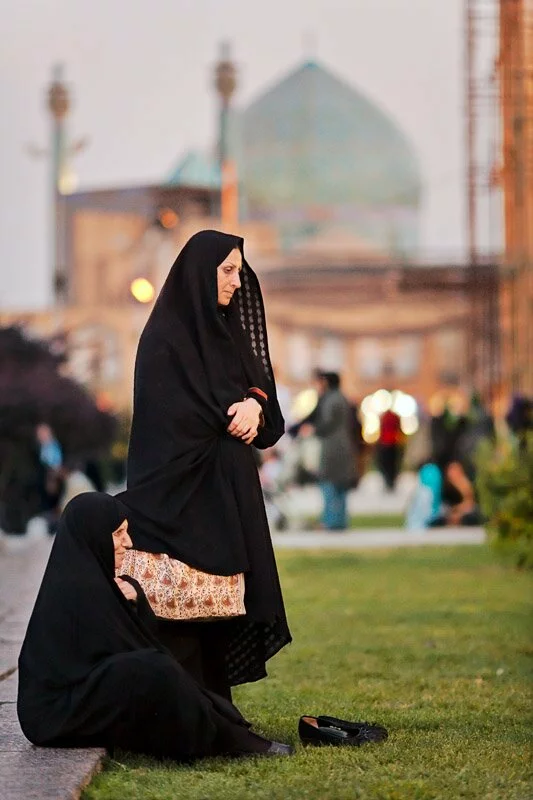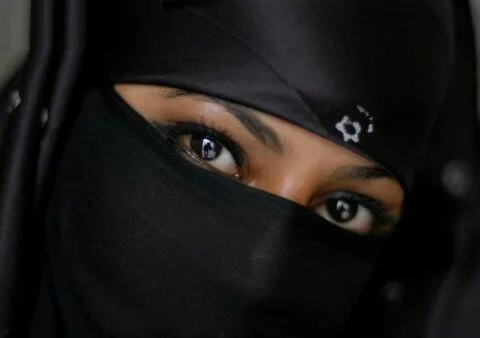 desertwinds-tumblr
desertwinds-tumblr
Gone With The Wind
 desertwinds-tumblr
desertwinds-tumblr
IN THE LAST 7 DAYS
 desertwinds-tumblr
desertwinds-tumblr

The incidence of the Twin Towers attack on 9/11 is probably the most significant developments of all time. It has altered the course of life in many ways.
The human race in general is the victim of the hawkish changes that this particular incident has brought. 9/11 attacks as well as the US/North waged “War on Terror” are both manmade disasters. They have significantly affected ‘man’ too. Although man in general is biggest sufferer in this backlash of the north, Islam is the one that has come under severe criticism ever since. The credit for the portrayal of Islam as a religion of terrorism and hatred goes to world media. Continue Reading →
Two Iranian women wearing chador are together in Esfahan’s Naqsh-e Jahan Square. Imam Mosque is in the background.
 dymonlynch
dymonlynch
Islam as a faith upholds morality and chastity to great extents. This is enforced in many aspects of their way of living including dressing. There are specific rules guiding the way both Muslim men and women should dress and carry themselves about. Cross dressing is not acceptable in the Islamic faith. Imitation of the opposite gender in terms of way of life and dressing is prohibited, that is, women are not allowed to wear men’s clothing and men too are not allowed to wear women’s clothing.
For men, they should fully cover their ‘awrah’ (from his navel down to the knees) and their clothing should be loose enough such that their ‘awrah is not described by it. Again the clothing should be thick enough not describe the skin color or the part to be covered (awrah).The clothes should not be designed in a way that it attracts attention. The clothes should not exude fame, vanity or pride and nor resemble that of women or non believers. Silk, gold or effimates should be avoided in men’s clothing too.
Women on their part should not wear any clothe that imitates the men’s clothing such as shirts and ties. Their clothing shouldn’t be transparent and tight fitting to the extent it outlines their body figures. Their clothes should aim at covering their entire bodies apart from the face and hands. Their head, bosom and neck should be covered with a khimar. A jilbab is prescribed for them to enshroud their entire body and cover any open spots. The above measures are prescribed so as to eliminate the attraction of men to several aspects the women body that evokes sexual emotions in men.
The Qur’an says (24) 30-31, “And say to the believing women that they should lower their gaze and guard their modesty; that they should not display their beauty and ornaments except what (must ordinarily) appear thereof; that they should draw their veils over their bosoms and not display their beauty except to their husbands, their fathers, their husbands’ fathers, their sons, their husbands’ sons, their brothers or their brothers’ sons, or their sisters’ sons, or their women, or the slaves whom their right hands possess, or male servants free of physical needs, or small children who have no sense of the shame of sex; and that they should not strike their feet in order to draw attention to their hidden ornaments. And o you believers! Turn all toward Allah that you may attain bliss.”
The rules of dressing in Islamic faith for both women and men must always be adhered to during salah or Islamic prayers even if there is no member of the opposite faith present or when a Muslim is praying alone. Just like the women folk in Islamic faith are forbidden from wearing masculine clothes, the Muslim men are also forbidden by the Islamic dressing code from wearing feminine clothing.
 GettyImages
GettyImages
Present day Muslim women are now becoming more aware of their moral values and religious teachings, thus turning themselves towards their religion. This has resulted in numerous women in covering themselves up. This dress code depicts the modesty and simplicity every Muslim woman possesses. This dress code is known as the hijab, which implies that all Muslim women cover themselves up while going out. And they should cover themselves in such a manner that only their face and hands are visible. Rest of the body should be fully covered.
As numerous women have turned towards covering themselves, it is becoming more of a trend now. It has considerably gained popularity amongst the Muslim women. Therefore, this dress is now seen in many styles, colors and designs. One thing we need to keep in mind is hijab is not only a head scarf or head gear to simply hide your hair and neck. Though these two parts are also to be covered when you wear this dress, but it is more of a complete body dress which allows you to cover up fully.
As more women now cover themselves, you can find a verity of designs and styles. Many hijabs have embroidery on them. They are adorned with beads, embroidery, lining of different colors, outlines and many more. But if you are in search for the more traditional ones, then you can buy those in plains. Same way, the more traditional colors included blacks and browns. But today, it’s not the same. You will find a verity of colors to choose from, so many colors that you will be dazzled.
There are numerous styles now available, and in different clothing material. Mostly it is found in silk clothing. All these designs not only complement your looks, but also enhance your entire outlook and add an element of elegance to your personality. From the very traditional ones for old ladies to the very classy and trendy ones for the young college or office-going girls, you will find an unlimited verity. So there’s no need for you to compromise with fashion because of your dress code that your religion asks you to wear. You can bring some style to your new outlook with the many designs that are now available.
Due to the increased demand in hijabs, many fashion designers have now responded to it by coming up with designs that not only are stylish, yet they complement the Islamic dress codes. Not only that, they are now made with material to complement different parts of the world and the climate of that particular region or place. As Muslim dressing is largely influenced by their surrounding environment, climate, culture, traditions and values. So as to show the true identity the Muslims of this world hold.